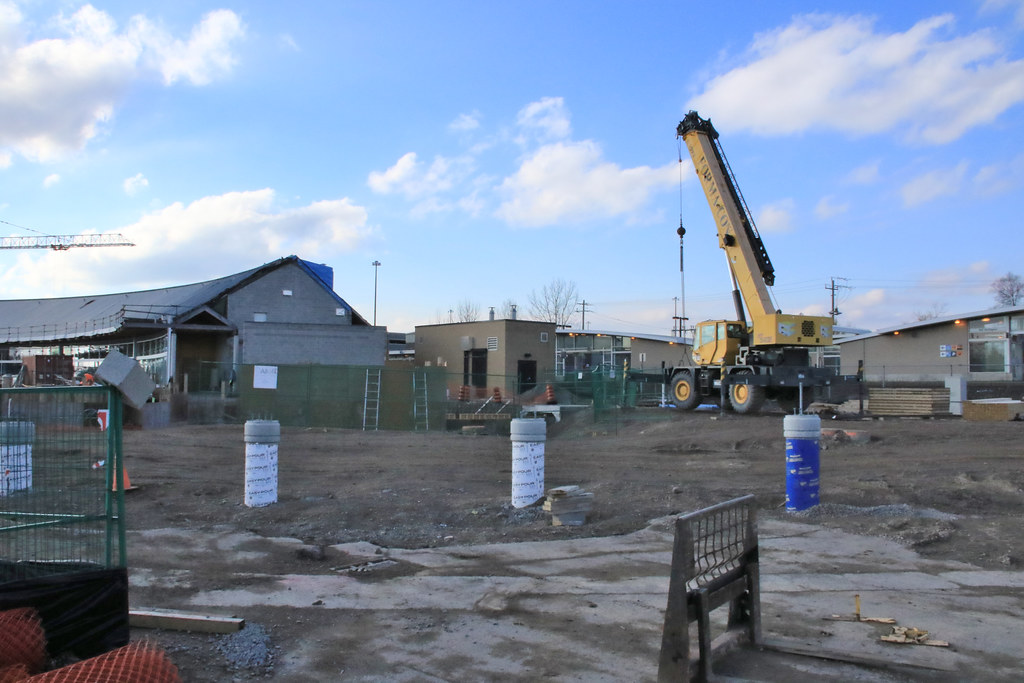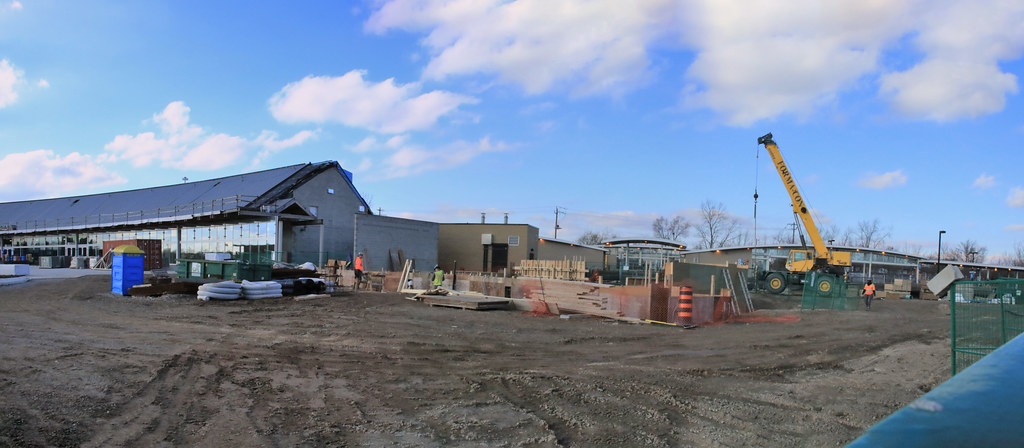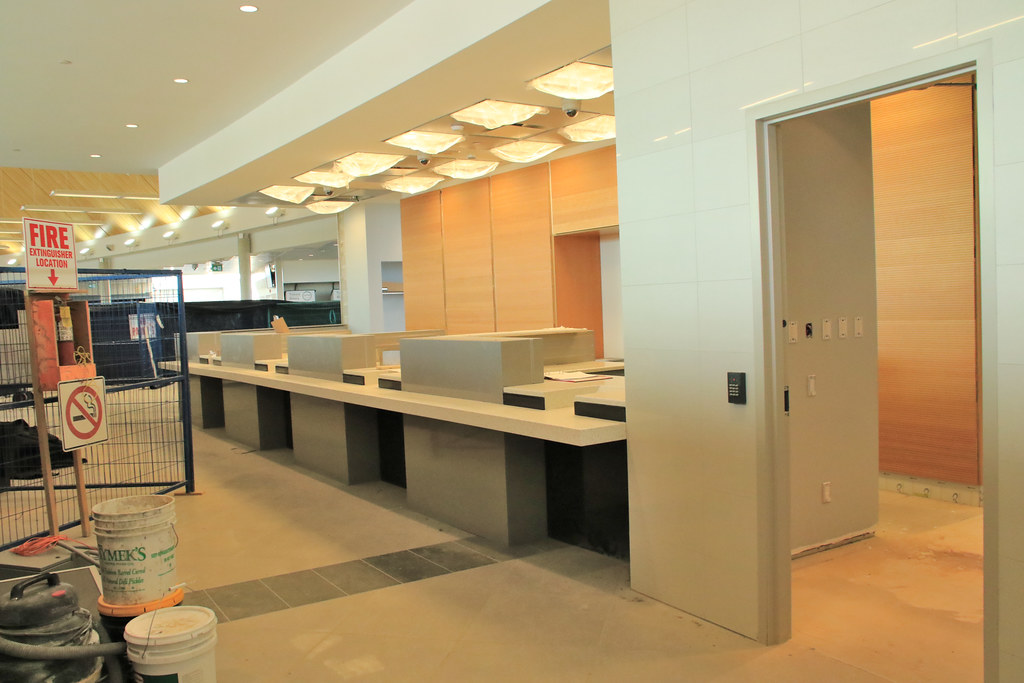The more likely to reach those "in balance by 2017/18" projections does have a large new caveat though....that is what is the medium and long term impact of selling 60% of Hydro One. While the money coming in is nice for transit and other infrastructure, we still have to see how we cope with selling 60% of the cash flow from Hydro and, while we all like transit, how we cope with using that money to build things that will inevitably need ongoing operating subsidie
I am still very doubtful Ontario will be in balance by 2017/18 and without replacement for that cash we pv'd and sold, not sure where we go from there.










